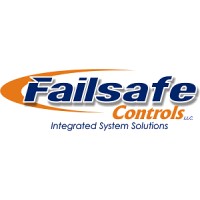
Sorting Robotics
Sorting Robotics is the premier technology company currently innovating the cannabis industry. Specializing in robotics, computer vision, and A.I. we provide cannabis brands and processors valuable solutions; reducing costs and enhancing profitability. Whether you’re a cannabis brand, grower, or co-packer, let us help you increase your production efficiencies and reduce labor costs. We bring extensive experience and professionalism to solve your toughest bottlenecks and customize our support to your company’s individual needs and concerns.






